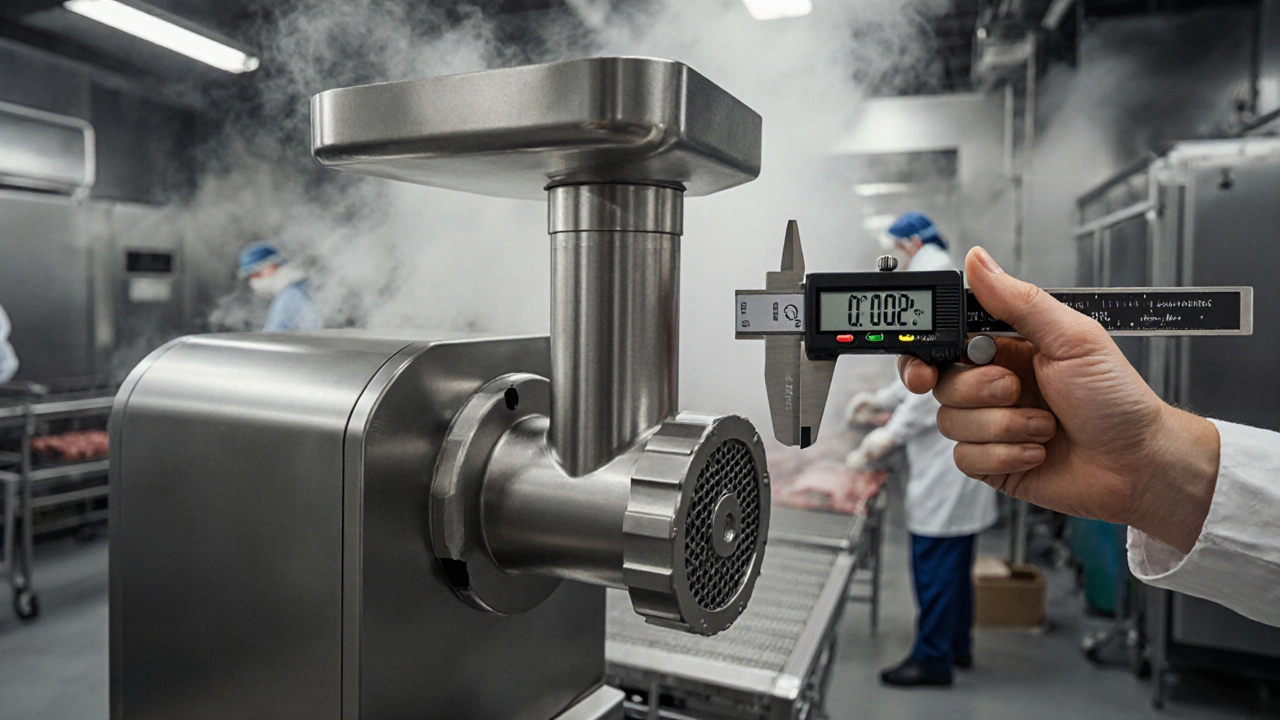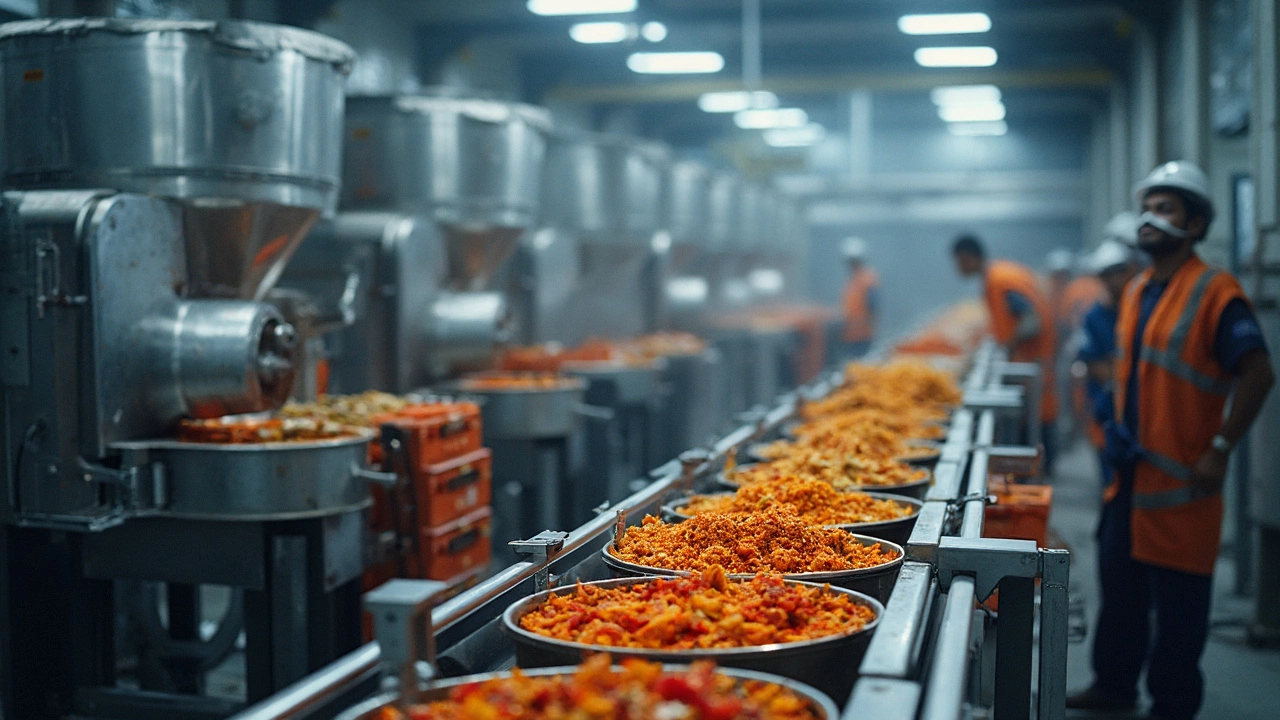Food Processing: What You Need to Know
Ever wonder how the snacks on your shelf make it from farm to your kitchen? Food processing is the engine behind that journey. It’s not just about turning raw ingredients into edible products – it’s about safety, consistency, and meeting the taste expectations of millions.
At its core, food processing mixes science with scale. Whether you’re a home chef experimenting with preserves or a factory gearing up for mass production, the same principles apply: keep the food safe, retain quality, and stay efficient. In this guide we’ll break down the biggest trends, the tech you should watch, and how to pick a partner that aligns with your goals.
Key Technologies Shaping Modern Food Processing
Automation has moved from the assembly line to the kitchen. Robots now sort, weigh, and package products faster than a human could. Sensors monitor temperature, humidity, and pH in real time, giving producers instant alerts if something goes off‑track.
Another game‑changer is high‑pressure processing (HPP). Instead of using heat, HPP uses pressure to kill pathogens while preserving flavor and nutrients. It’s why you see more “cold‑pasteurized” juices on shelves.
Don’t forget about data. Cloud‑based platforms collect every batch’s data, from raw material source to final shipment. That data helps fine‑tune recipes, predict demand spikes, and cut waste.
How to Choose the Right Food Processing Partner
First, check their safety credentials. Look for certifications like ISO 22000, HACCP, or local food authority approvals. A partner that can’t prove they follow strict safety protocols isn’t worth the risk.
Next, match capabilities to your product. If you need low‑temperature pasteurization, make sure the facility has the right equipment. Some plants specialize in frozen foods, others in dry mixes – pick the one that fits your line.
Cost matters, but don’t let price be the only driver. Ask about their waste‑reduction programs and energy use. Sustainable partners can lower your carbon footprint and appeal to eco‑conscious consumers.
Finally, test communication. A good processor should respond quickly, share batch reports, and be open to tweaking recipes. If they’re hard to reach during a trial run, you’ll likely face bigger problems later.
Food processing isn’t a static field – new tech, tighter regulations, and shifting consumer tastes keep it moving. By staying informed about the latest tools and choosing partners that prioritize safety and sustainability, you can turn raw ingredients into products that delight customers and keep your business thriving.
What Is 0.1 Inch Called in Food Processing Units?
0.1 inch is called one-tenth of an inch in food processing. This tiny measurement is critical for machine gaps, blade clearances, and food safety. Learn how it's used, why it matters, and how to measure it accurately.
View MoreCore vs Processing Unit: Unpacking the Real Difference for Food Processing
Wondering what really separates a core from a processing unit in food processing? This article breaks down the terms with real-life examples, tips for recognizing the function of each, and what to look out for when dealing with food equipment. Get practical advice on maintenance and how choosing the right unit can save time and hassle in your kitchen or facility. No jargon—just clear info you can use.
View Moreμm in Food Processing: What Does It Stand For and Why Should You Care?
Ever seen 'μm' on a food processing chart and wondered what it actually means? This article breaks down the meaning of 'μm', its relevance in food processing, and why it matters for everything from flour texture to the smoothness of your favorite chocolate. You'll get real examples of where microns matter, plus practical tips for understanding particle size in your kitchen or food business. We'll even look at common questions and mistakes people make with micron measurements.
View MoreUnderstanding Unit Operations in Food Production
Unit operations are the building blocks of food production, covering every step from mixing to packaging. These operations ensure efficiency, consistency, and quality in producing our favorite foods. By mastering them, producers can meet consumer demands and maintain safety standards. This article delves into how these operations work and their role in the food industry.
View MoreUnderstanding Food Units: What They Are and Why They Matter
Food units might sound like a technical term, but they are all around us in the world of food processing. They're the behind-the-scenes operations that make sure your favorite snacks, meals, and ingredients are safe, packaged, and ready to eat. From simple canning factories to complex instant food manufacturing, food units play a crucial role in the modern food supply chain. Let's break down the basics to understand why these units are fundamental for our everyday eating habits.
View More








